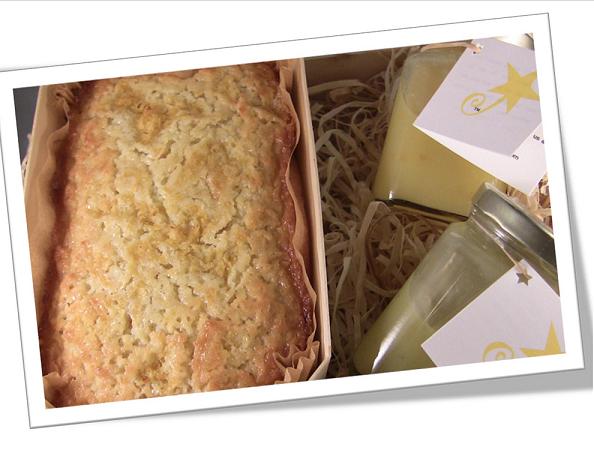A farm that's been bringing Green
Country fresh produce for more than seven decades is closing. Conrad
Farms in Bixby is set to close October 2, 2013.
For decades, people have been taking home a piece of the farm, like its famous corn. But now, the whole farm is on the market and the farmland there may never look the same.
Conrad Farms includes a market stocked full of homegrown goods, the kind of produce that's never seen a highway or a long road trip.
"It's picked across the street and they bring it over here. Can't beat that," said Tulsa resident Sherry Brodsky. "I don't have my own garden, so I let them do the gardening."
Conrad Farms has been doing the gardening since 1941. That's when Chester Conrad bought a little land that's been feeding the community ever since. "A horse and 13 acres, I think, Dad bought down here," said the farm's co-owner Vernon Conrad.
Over time, 13 acres grew to nearly 200, plus another 200 acres that the Conrads lease.
Vernon Conrad and his two older brothers, Eugene and Melvin, have been running the family business for years. But as Vernon says, he and his brothers aren't getting any younger, so the family decided to give up the farm and all the hard work it requires. The land has been used to grow produce for the past 71 years, but now that it's up for sale, it may never serve that purpose again.
Vernon said there are several interested buyers, who would like to put in housing additions on the property. "It's all in the city limits of Bixby and it's above flood stage. It's ideal for houses or houses with a garden or whatever," Conrad said.
It's a heartbreaking thought for the many loyal customers.
"That's sad, I'll have to stock up, because there's no place like this anywhere near here," said Bixby resident Jeana Horseman.
But with the ending of an era, comes the beginning of a much-deserved break for the Conrads."I'm going to go fishing first, then go on a vacation and then watch football," Vernon said.Conrad didn't want to get into how much the property is going for, but he said the chances that it will ever be used for farming are slim.There is a younger generation of Conrads, but Vernon said none of them were interested in the dirty, sweaty business of farming.
Too bad...this longtime Conrad's shopper will miss you very much!
Ahh...the dynamics of life... change is certain.
Here's wishing you Happy Fishing, Vernon!!



















